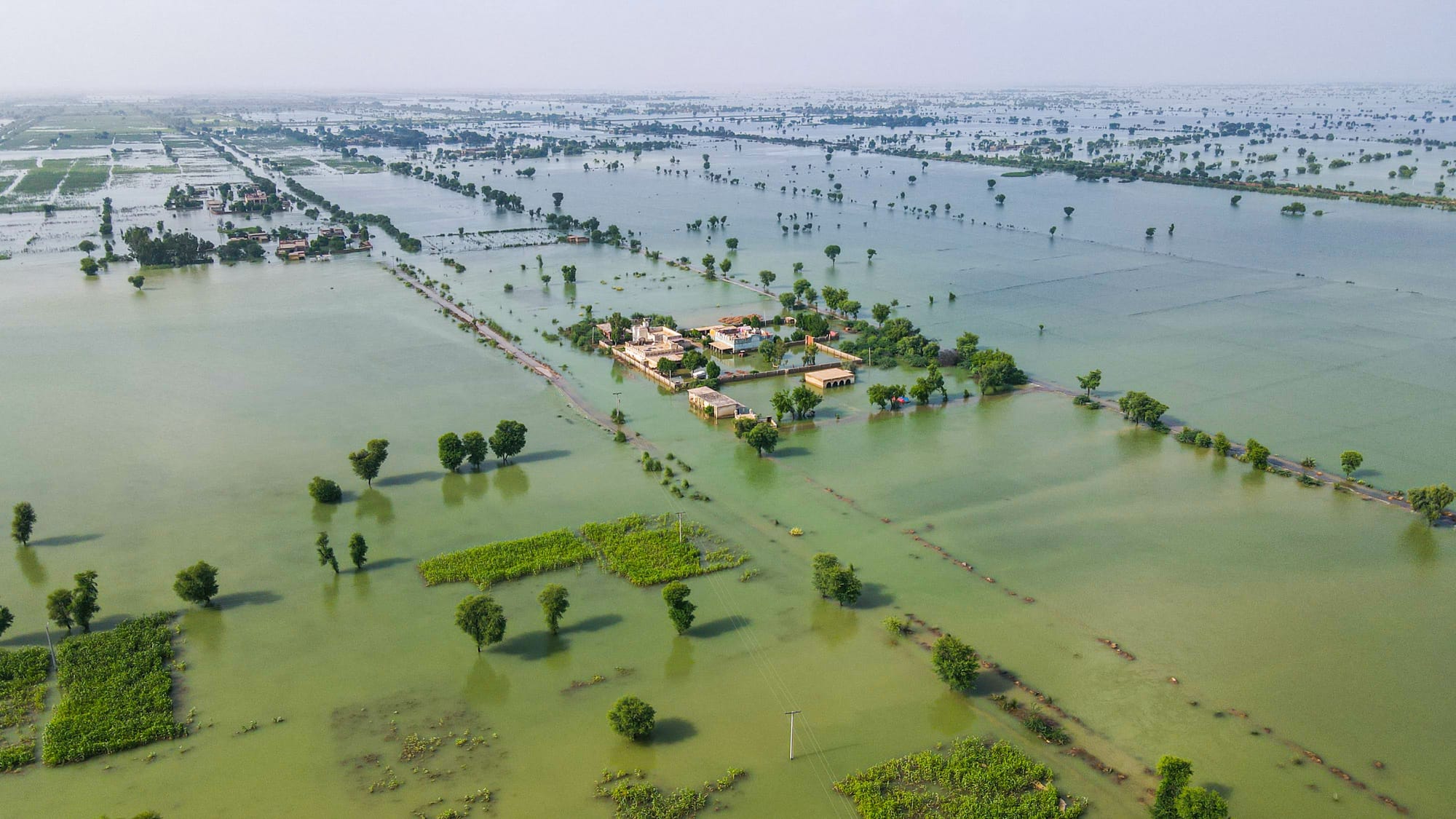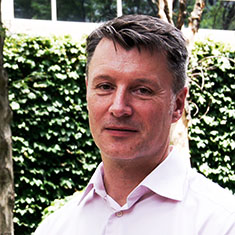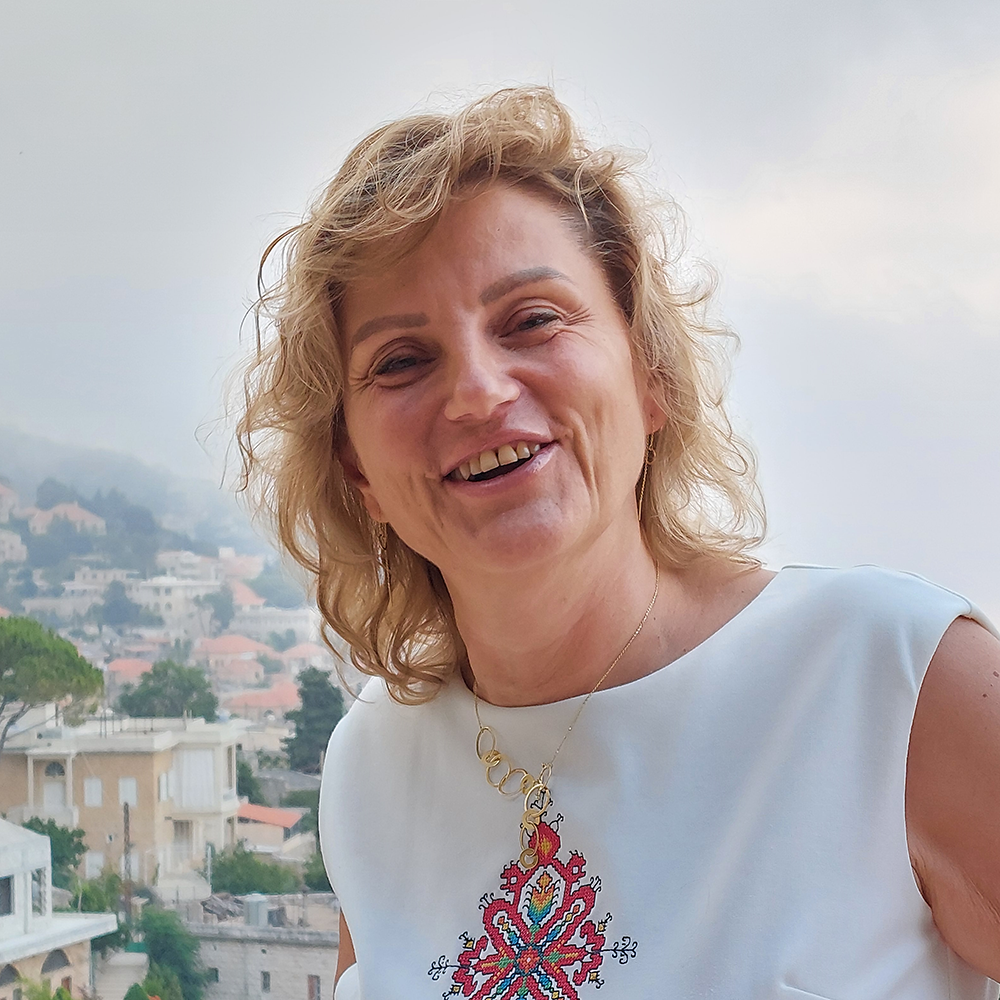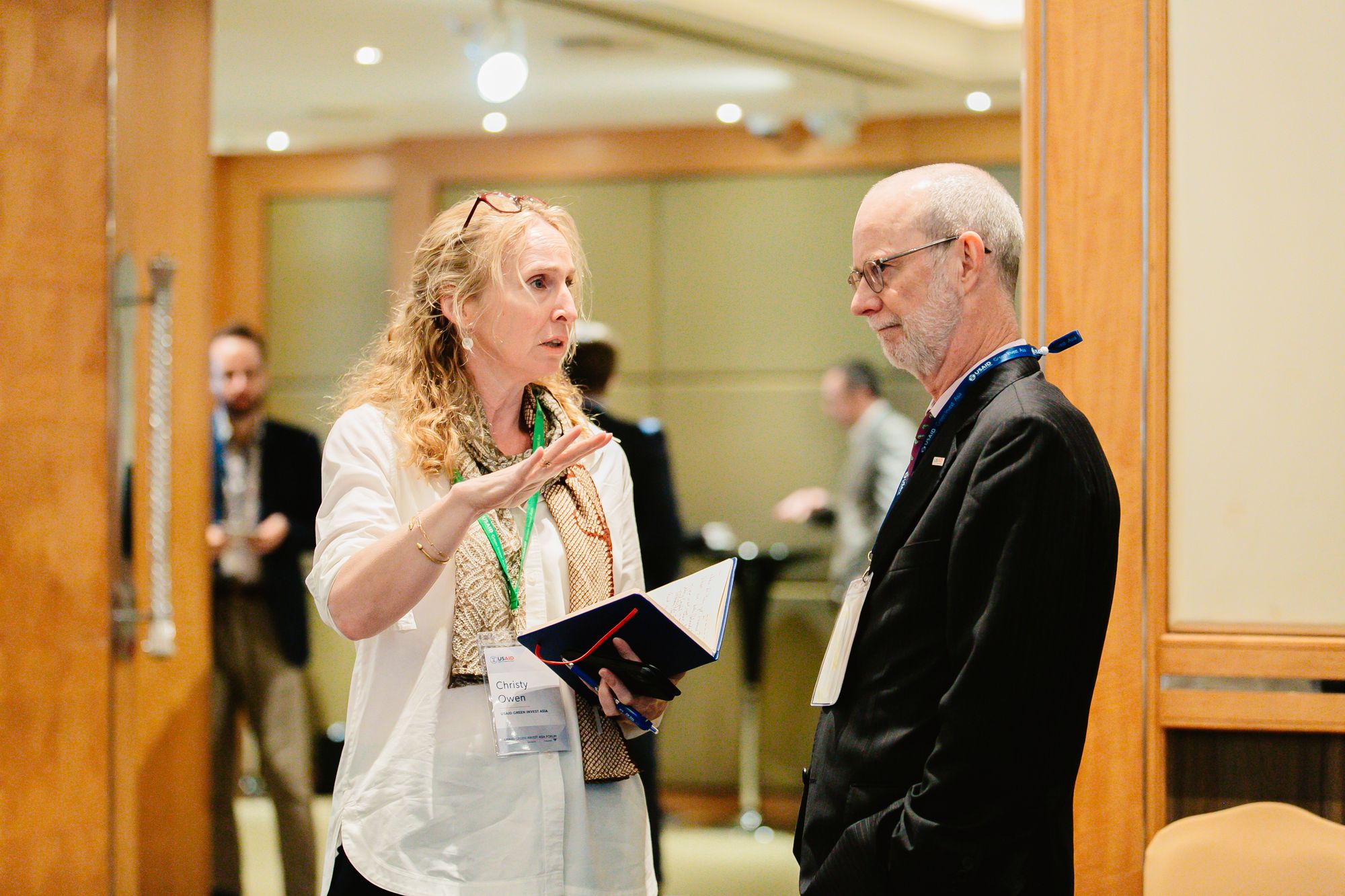Local Authorities Take the Lead
The Mediterranean region is facing one of the greatest declines in projected rainfall on any land mass on earth. With up to 40 percent less precipitation during the rainy season foreseen in the coming decades, it is one of the driest areas in the Middle East and North Africa. Water scarcity, rising temperatures, and desertification are growing concerns, endangering delicate ecosystems and putting pressure on local infrastructure, industries, and population. Climate researchers believe that these additional pressures in what is already a strained socioeconomic and geopolitical environment may have also contributed to political unrest in this region.
Targeted climate adaptation and mitigation efforts are essential in combatting these threats. However, countries in the southern Mediterranean region are predominantly low-income, economically unstable states and cannot finance these efforts unassisted.
Launched in 2018, the European Union (EU)-funded Clima-Med project supports a transition toward a more sustainable, low-carbon, and climate-resilient development of Algeria, Egypt, Israel, Jordan, Lebanon, Morocco, Palestine, and Tunisia. The project does so by working with cities to help design concrete action plans and facilitate climate finance solutions. Funding small-scale, locally led climate initiatives has proven to be a challenge for those cities involved in the Clima-Med project, as traditional financial systems do not typically serve grassroots climate advocacy groups, leading those involved to seek alternative ways to fund their climate and energy projects.

Putting Mayors at the Center of Climate Action
Clima-Med builds on the progress of its predecessor, the EU-funded Cleaner Energy Saving Mediterranean Cities project, which helped develop local authorities' capacity to formulate and implement more sustainable local climate policies. It takes these initiatives a step further by enhancing the capacity of partner countries to implement and update their Nationally Determined Contributions (NDCs) to develop new adaptation and mitigation plans and strengthen their CO2 emission measurement, reporting, and verification capabilities. Clima-Med’s scaling up of climate actions includes supporting cities to reduce their CO2 emissions from 20 percent to 50 percent, in line with the Paris Agreement.
From densely populated cities to remote rural villages, the project works with local authorities to ensure that every voice is heard. One way it does this is through the Global Covenant of Mayors (GCoM)—an EU initiative that mobilizes local and regional authorities to commit to energy efficiency through renewable energy plans and accelerate climate action in communities. The initiative encourages municipalities to identify their own needs in addressing climate change and provides technical assistance to cities to set targets in line with their country’s NDCs and GCoM requirements. Working in tandem with Clima-Med, the Covenant of Mayors Mediterranean (Com-Med), helps Mediterranean cities collaborate with a range of regional, national, and global funding actors.
Supporting Cities to Develop Action Plans
While communities across the southern Mediterranean may realize the importance of acting to mitigate the effects of climate change, many do not know where to begin. Clima-Med provides technical assistance to municipalities to support the formulation, implementation, and monitoring of local sustainable energy access and climate action plans (SEACAPs). “These tailormade plans can help address the most pressing climate issues in each of the participating cities, and track progress on achieving specific goals for each municipality,” said Naguib Amin, Team Leader of Clima-Med.
SEACAPs contain specific guidelines for municipalities seeking to address climate and energy issues. The plans start with an overview of each municipality’s economic, social, and environmental situation, including a baseline inventory quantifying the current amount of CO2 or CO2-equivalent emissions. These baseline emissions can then be used to calculate where best to cut emissions, in the process saving the municipality energy and money. In the municipality of Al Ram in Palestine, for example, local authorities found that the emission reductions proposed in their SEACAP would cut their energy spending each year by up to 30 percent—funds that could then be funneled into climate action projects.
Each SEACAP is specific to the municipality’s particular needs and vulnerabilities, designed around proposed projects deemed to be most beneficial to the local population. Again in Palestine, in the city of Bani Suhaila, 54.47 percent of community income comes from the agricultural sector, making the population highly sensitive to climate change. Therefore, much of the community’s SEACAP focuses on sustainable agricultural projects that support livelihoods, food security, agriculture productivity, and livestock production.
So far, of the 92 municipalities that have joined Clima-Med, 69 have prepared SEACAPs. The technical assistance team and local EU Delegations empower local authorities through coaching and training sessions, using curricula tailored for each city. The aim is to create a synergistic network wherein local partners who have participated in the training go on to update and implement their cities’ SEACAPs while guiding other cities in preparing their own.
The cost of implementing a SEACAP can vary greatly, depending on the size of the municipality and the scale and number of projects planned. Costs can range from hundreds of thousands to millions of euros.
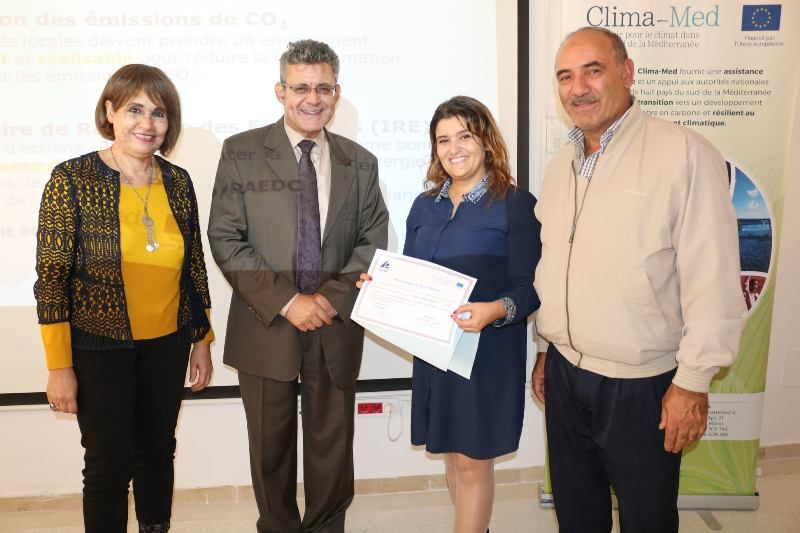
The Challenge: Accessing Funding for Climate Action
Last year at COP26 in Glasgow, the global donor community pledged to double financing for climate adaptation in developing countries, which—despite contributing the least to global emissions—are typically the most adversely affected by climate change. Yet the funds delivered have fallen short of what was promised.
Amin described a pressing need to accelerate finance from all sources, covering both climate adaptation and mitigation. Policy makers and other stakeholders must build an enabling environment for climate investments, he said, which must in turn match country-level policy and market conditions.
Funding for SEACAPs can come from a variety of sources, including municipalities' budgets. In Bani Suhaila, for example, 75 percent of its SEACAP budget is intended to be covered by the city itself. However, most cities need to turn to external funding—and that’s where Clima-Med comes in, helping them find funding for their SEACAPs at national, local, or international levels, from public and private sources.
All stakeholders involved in Clima-Med agree: the project’s most persistent challenge is finance. Traditional sources of funding—large organizations, banks, and other financial institutions—typically will not finance smaller, local projects due to minimum standards for grants, lack of project security, and competing interests. But local authorities in partnership with Clima-Med have been able to access funding in innovative ways that other municipalities can now adapt and replicate.
The following examples illustrate various ways Clima-Med municipalities have secured funding for their SEACAPs:
Combining Projects to Reach a Funding Threshold
Myriam Makdissi, a Communication and Networking Specialist for Clima-Med, stresses that many of the municipalities involved are motivated not only by their commitment to finding climate and energy solutions but by their sense of solidarity with their neighbors. Some have even joined together to become eligible for larger sums of funding. Applying for funding can be a long and often arduous process, with differing requirements, grant thresholds, strict criteria, and lengthy paperwork. By partnering with others, municipalities can expedite this process, and leaders can share their knowledge on what works best for different regions.
This was the case for the municipality of Nabeul in Tunisia, which joined six nearby municipalities on two separate projects—one for a waste transfer and recovery project and the second a sustainable urban transport plan. Not only did this partnership foster collaboration and shared learning between the municipalities, but it also increased the scope and budget of the project, making it even more impactful.
Adapting Projects to Donors’ Needs
Georges Youssef, the mayor of Menjez in Lebanon, said municipalities “must adapt their project, or they will lose their project.” According to Youssef, projects should be modeled with a potential funding opportunity in mind to increase the likelihood of receiving funding. He also recommends that projects should include social, economic, and even cultural impact to attract more investment and be eligible for broader funding opportunities.
Menjez, a rural area in Lebanon with only 8,000 inhabitants, has implemented a range of successful projects by diversifying funding sources and adapting projects to fit what funding is available. As a result, Menjez’s action plan in 2016 received funding from the European Commission, the U.S. Agency for International Development, the Lebanese Ministry of Energy, the United Nations Development Programme (UNDP), the Embassy of Japan, and the International Fund for Agricultural Development. The activities supported included sustainable management of the Black Forest of Menjez to create opportunities for improved livelihoods, the installation of 37 solar-powered public lighting units, and the replacement of traditional energy-consuming public lights with LED lamps.
Diversifying Funding Sources
Mainstreaming climate action into larger development projects opens the door for a more diverse range of funding opportunities that previously may not have been utilized for climate and energy projects. In the city of Bethlehem in Palestine, for example, one project replaced traditional street lighting with energy-saving bulbs, which offer cost efficiency and sustainability but also act as a safety feature against crime by illuminating the streets at night. This project was funded by the Arab Development Fund, which traditionally funds projects with economic and social benefits. Some cities may also source funding for energy and environmental projects through international aid. Cross-sector benefits have become more important over time; not only do they attract investment, but they also have higher success rates in implementation and tend to be more sustainable in the long run.
Seeking Innovative Financing Mechanisms
In Lebanon, in collaboration with the EU-funded UNDP Country Entrepreneurship for Distributed Renewables Opportunities project, several energy-saving projects were selected for funding through a crowdfunding mechanism, thanks in part to recommendations from a climate finance strategy document prepared by Clima-Med. The team also supported local authorities in the implementation of “quick-win” projects that are easily replicated in various locations by different actors. This approach can be a good way for smaller municipalities to secure funding because they can show how similar projects have been implemented elsewhere and cite past successes.
Looking Ahead
While local authorities and Clima-Med continue finding creative ways to finance their SEACAPs, there is still more work to be done at the global level to bring these plans to fruition.
Speaking from COP27 in Egypt, Naguib Amin holds out hope that the larger and more developed countries responsible for most global CO2 emissions will recommit to financially supporting more vulnerable countries in their response to the climate emergency. As part of the EU Green Deal, the European Commission has pledged to mobilize at least €1 trillion in sustainable investments over the next decade, which will open more opportunities for climate action at national, regional, and local levels. Clima-Med aims to be an active partner in those efforts.


